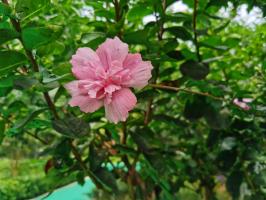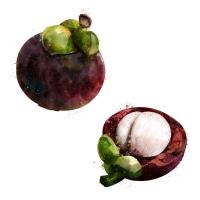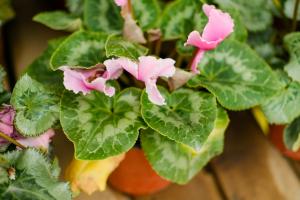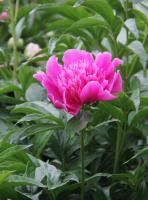Which Type of Wetland has Woody Plants and Tall Trees?
Wetlands are ecological systems where water is the major factor controlling the environment and the associated plant and animal life. Wetlands play a crucial role in maintaining biodiversity, water quality, and the regulation of the water cycle. There are different types of wetlands, and one way of categorizing them is based on the dominant vegetation. Some wetlands have woody plants and tall trees, and we will explore which type of wetland is characterized by this feature.
Swamps
Swamps are wetlands that are dominated by trees and woody vegetation. They are usually found in low-lying areas that are periodically inundated with water. Swamps can be divided into two main categories: forested and freshwater. Forested swamps typically have a canopy of tall trees, while freshwater swamps are usually populated with shrubs and smaller trees.
Forested swamps, also known as swamp forests, are characterized by the presence of hardwood trees such as maple, oak, and beech. They are usually found in areas with high rainfall, and the canopy provides shelter for different species of birds, mammals, and insects. Freshwater swamps, on the other hand, are mostly located in areas with acidic or nutrient-poor soils. The dominant vegetation in freshwater swamps includes cypress trees, black gum, and willows.
Mangroves
Mangroves are a type of wetland that is found in the intertidal zone of tropical and subtropical coasts. They are distinguished by the presence of trees and other vegetation adapted to living in saltwater. Mangroves are highly productive ecosystems, and they provide a home for different species of fish, invertebrates, and birds. The trees in mangrove forests are typically short and squat, but they can grow to great heights in some areas.
The most common mangrove species include the red mangrove, black mangrove, and white mangrove. Red mangroves are easily identifiable by their prop roots, which provide stability in the muddy soil. Black mangroves have pneumatophores, which are vertical roots that help the tree access oxygen in the waterlogged soil. White mangroves do not have any visible aerial roots, and they grow in areas with low salinity.
Flooded Forests
Flooded forests are wetlands that are periodically flooded with water. They are usually found in tropical and subtropical regions where there is a high rainfall and a long wet season. Flooded forests are characterized by the presence of tall trees and other vegetation adapted to the flooded conditions. They are home to a diverse array of species, including monkeys, birds, and amphibians.
Flooded forests can be divided into two main categories: várzea and igapó. Várzea forests are located along the river banks, and they are flooded with nutrient-rich water during the wet season. The trees in várzea forests tend to be taller than those in igapó forests, and they are home to a variety of wildlife. Igapó forests, on the other hand, are located further from the river banks, and they are flooded with nutrient-poor water. The trees in igapó forests are usually shorter, and they have adapted to the flooded conditions by producing a network of shallow roots.
Conclusion
Wetlands are important ecosystems that support a high level of biodiversity. Wetlands with woody plants and tall trees include swamps, mangroves, and flooded forests. Each of these wetland types has a unique set of characteristics that is dependent on the environmental conditions. By protecting and conserving wetlands, we can ensure that these vital ecosystems are available for future generations.

 how many times do yo...
how many times do yo... how many planted tre...
how many planted tre... how many pine trees ...
how many pine trees ... how many pecan trees...
how many pecan trees... how many plants comp...
how many plants comp... how many plants can ...
how many plants can ... how many plants and ...
how many plants and ... how many pepper plan...
how many pepper plan...
































